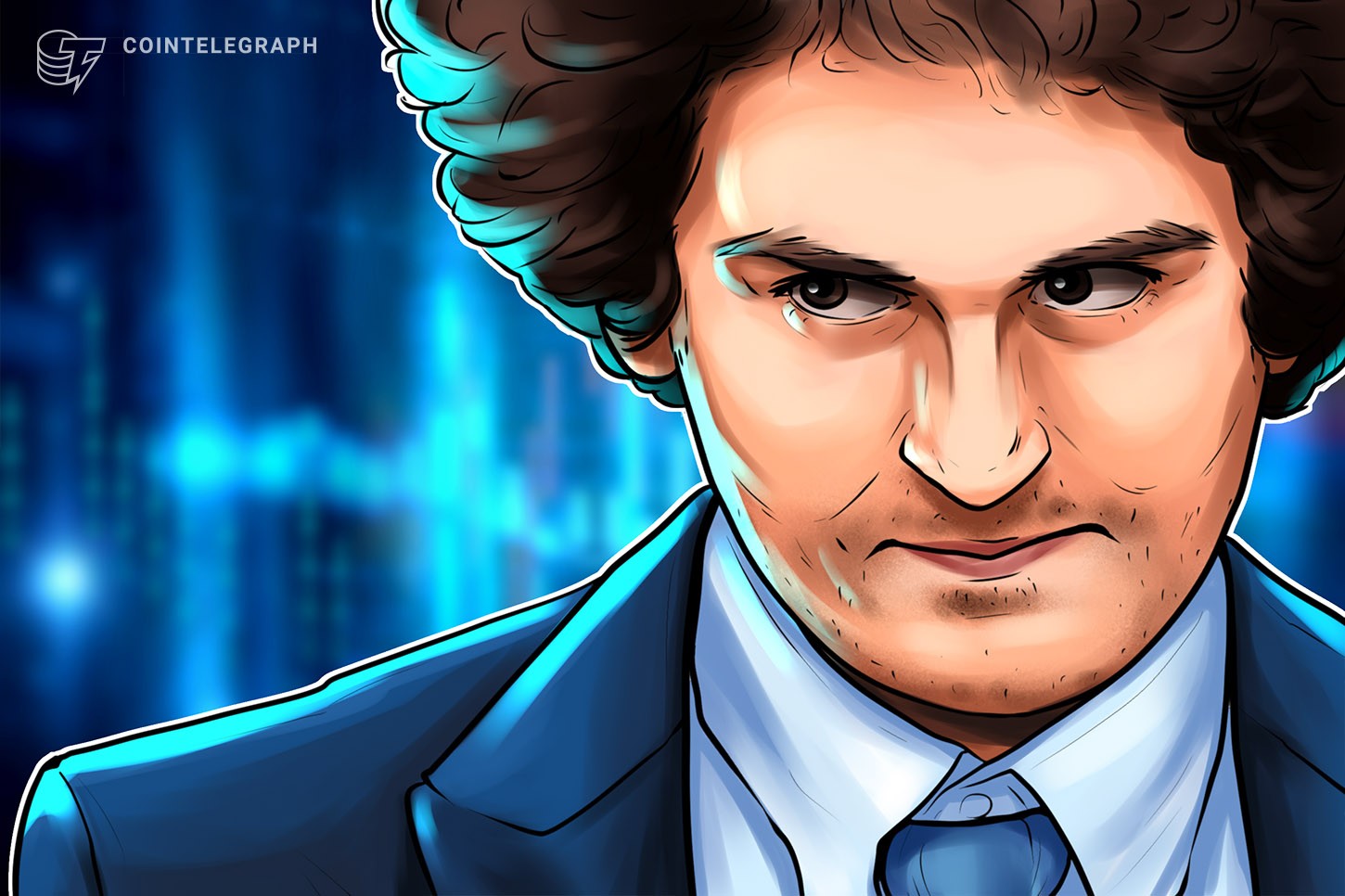
The trial of former FTX CEO Sam Bankman-Fried started on Oct. 3. Four witnesses explained to jurors how $8 billion in customer funds went missing.
Luxury real estate, political donations, investments and magazine covers. One year ago, that was the life of Sam Bankman-Fried, Assistant United States Attorney Thane Rehn remarked during the opening statements of the world’s most famous crypto trial.
“All of it was built on lies,” Rehn continued, claiming that the co-founder of Alameda Research and FTX “lied to the world” to get richer and increase influence by lobbying in Washington, D.C. Rehn’s statement apparently affected even Bankman-Fried’s defense counsel, who responded with a lukewarm remark. His attorney, Mark Cohen, portrayed his client as an entrepreneur who made mistakes during times of accelerated growth. “There was no theft,” he told jurors.
In the gallery, among journalists and attorneys, were Joseph Bankman and Barbara Fried, the defendant’s parents. While Joseph occasionally smiled over the last few days, Barbara gazed at her son in the courtroom for hours.
This week, four witnesses testified in the trial at the United States District Court for the Southern District of New York in Manhattan. The list includes a French trader, an FTX investor, as well as Adam Yedidia and Gary Wang — former close friends of Bankman-Fried.
Cointelegraph is covering Sam Bankman-Fried’s trial on the ground.
Marc Julliard
The prosecutor’s first witness was a cocoa trader from Paris, currently living in London. Marc Julliard was one of the victims of the FTX debacle in November 2022. Juilliard told jurors he had four Bitcoin (BTC) on FTX, worth nearly $100,000 at the time. He recalled feeling anxious after trying to withdraw funds without receiving a return.
On FTX, he never traded futures, and his Bitcoin was a substantial part of Julliard’s savings. Prosecutors used his testimony to illustrate how customers who trusted funds with FTX had been harmed since the exchange collapsed in 2022.
Bankman-Fried’s defense tried to downplay prosecutors’ arguments, saying that the trader was a licensed professional in London who did not make decisions based on celebrity endorsements. Cohen noted nothing was wrong with hiring Tom Brady to run an ad for FTX.

Adam Yedidia
Yedidia and Bankman-Fried became friends at the Massachusetts Institute of Technology (MIT). Before joining FTX as a developer in January 2021, Yedidia briefly worked at Alameda in 2017 as an intern. He was also one of the residents in FTX’s $35 million luxury property in the Bahamas.
According to his testimony, fiat funds from customers were received by FTX through an Alameda subsidiary called North Dimension. Every deposit made by an FTX customer was considered a debt owed from Alameda to FTX. At the time of the exchange’s collapse, this liability stood at $8 billion.
Yedidia learned about the billionaire debt between the companies months before its bankruptcy filing. “Are things okay?” Yedidia asked Bankman-Fried in a paddle tennis court, mentioning Alameda’s liability. He did not receive a positive response. “We are not bulletproof anymore,” Bankman-Fried told him, adding that it would take the companies six months to three years to settle their accounts. “He looked nervous,” Yedidia recalled.
Until November’s collapse, Yedidia saw FTX taking over its competitors, Binance and Coinbase. He even spent his millionaire bonus to acquire a 5% stake in the firm.
“I trusted Sam and Caroline and others in Alameda to handle the situation.“
Yedidia resigned in November 2022 after learning that Alameda was using the funds sent from FTX customers to repay its debts. He has been cooperating with the U.S. Department of Justice since 2022.
Matthew Huang
Matthew Huang, co-founder of venture capital firm Paradigm, invested $278 million in FTX in two funding rounds between 2021 and 2022. For him, it was a complete loss.
According to Huang, the firm was unaware of the commingling of funds between FTX and Alameda, nor Alameda’s privileges with the crypto exchange. Alameda was exempt from the FTX liquidation engine, which closes positions at risk of liquidation, as shown by pieces of evidence brought by prosecutors from the FTX code and database.
Under the exemption, Alameda could leverage its position and maintain a negative balance with FTX.
Huang admitted not conducting deeper due diligence on FTX, instead relying on the information provided by Bankman-Fried.
Day 3 of the #SBF trial, we’re here bright and early! ☀️ pic.twitter.com/PQ1rQV38Px
— Cointelegraph (@Cointelegraph) October 5, 2023
In Huang’s words, Bankman-Fried was “very resistant” to having investors on FTX’s board of directors but pledged to build one and appoint experienced executives.
Gary Wang
Once co-founders of two prominent companies, Wang and Bankman-Fried found themselves on opposite sides of the courtroom this week. “I’m here because I committed wire fraud, securities fraud and commodities fraud,” Wang told jurors, adding that he had also engaged in conspiracy alongside Bankman-Fried, former Alameda CEO Caroline Ellison and Nishad Singh, the former director of engineering at FTX.
“I’m here because I committed wire fraud, securities fraud and commodities fraud.“
Wang is considered a key witness in the case. His examination by prosecutors started on Oct. 5 and should conclude on Oct. 10 as the second week of the trial begins. Wang offered a deeper look at how FTX and Alameda operated under Bankman-Fried’s direction.
In 2019, a few months after FTX was founded, Alameda was granted special privileges on FTX code, said Wang. Based on screenshots of the FTX database and code on GitHub, prosecutors showed Alameda had an unlimited negative balance, a $65 billion special line of credit and an exemption from liquidation.
Bankman-Fried’s defense counsel argued that these privileges were similar to ones received by other market makers on FTX. The defense also pointed to the fact that Alameda was the primary market maker on FTX; thus, having the ability to have a negative balance was essential for its role.
According to Wang, the commingling of funds between the companies grew over time. In 2020, Bankman-Fried instructed Wang to keep Alameda’s negative balance under FTX revenue. Alameda’s negative balance rose, as did its credit line with FTX. The liability of Alameda for FTX peaked at $3 billion in late 2021 from $300 million in 2020.
“I trusted his judgment,” Wang replied when asked why he supported Alameda’s privileges.
Prosecutors also highlighted the MobileCoin exploit in 2021. To conceal the loss from FTX investors, Bankman-Fried allegedly told Wang and Ellison to add the deficit to Alameda’s balance sheet instead of keeping it on FTX financials.
Another key revelation was that the FTX insurance fund had manipulated data, said Wang.
In the months before FTX’s collapse, Bankman-Fried, Wang and Singh discussed the possibility of shutting down Alameda and replacing it with other market makers. At the time, however, the company’s liabilities to FTX stood at $14 billion. In November 2022, Alameda ceased operations.
Wang is also cooperating with prosecutors. His testimony will resume on Oct. 10, along with Ellison.
Magazine: Blockchain detectives — Mt. Gox collapse saw birth of Chainalysis

You can get bonuses upto $100 FREE BONUS when you:
💰 Install these recommended apps:
💲 SocialGood - 100% Crypto Back on Everyday Shopping
💲 xPortal - The DeFi For The Next Billion
💲 CryptoTab Browser - Lightweight, fast, and ready to mine!
💰 Register on these recommended exchanges:
🟡 Binance🟡 Bitfinex🟡 Bitmart🟡 Bittrex🟡 Bitget
🟡 CoinEx🟡 Crypto.com🟡 Gate.io🟡 Huobi🟡 Kucoin.
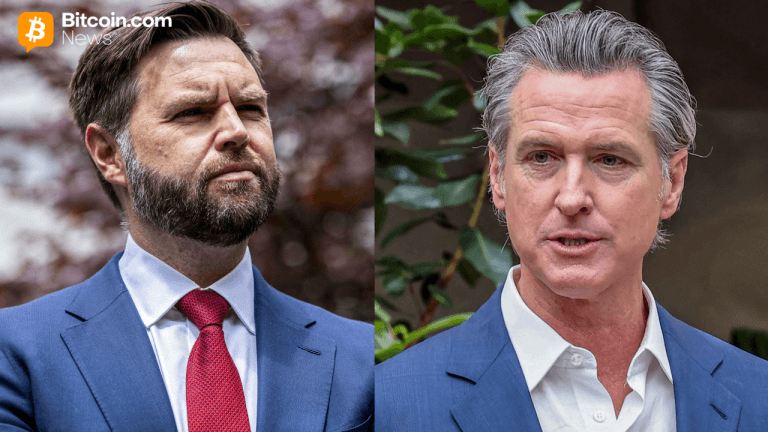

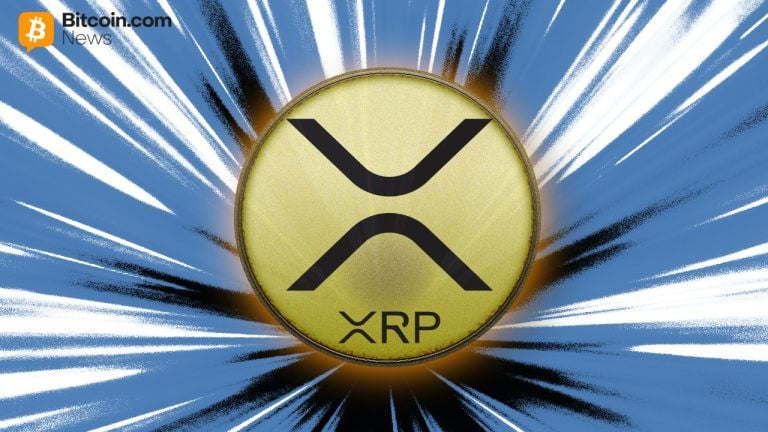
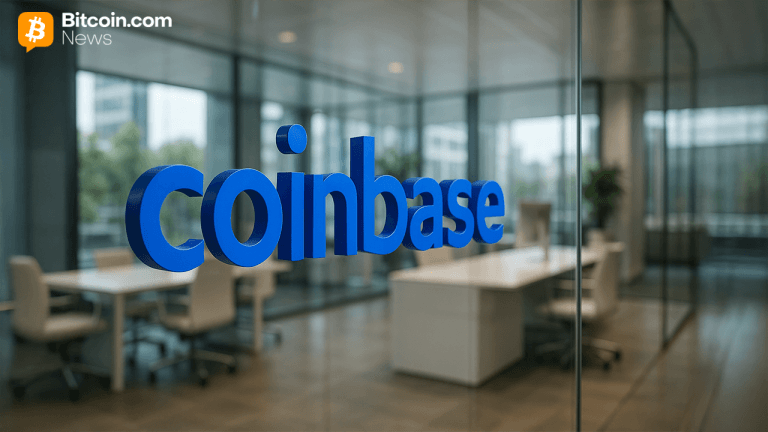



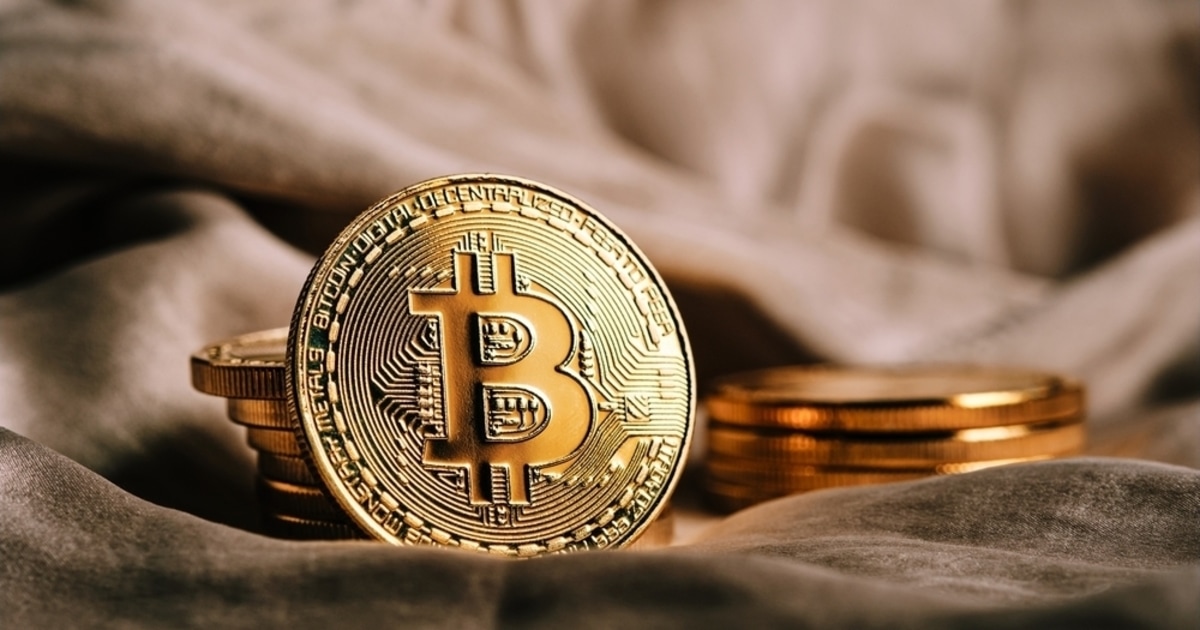
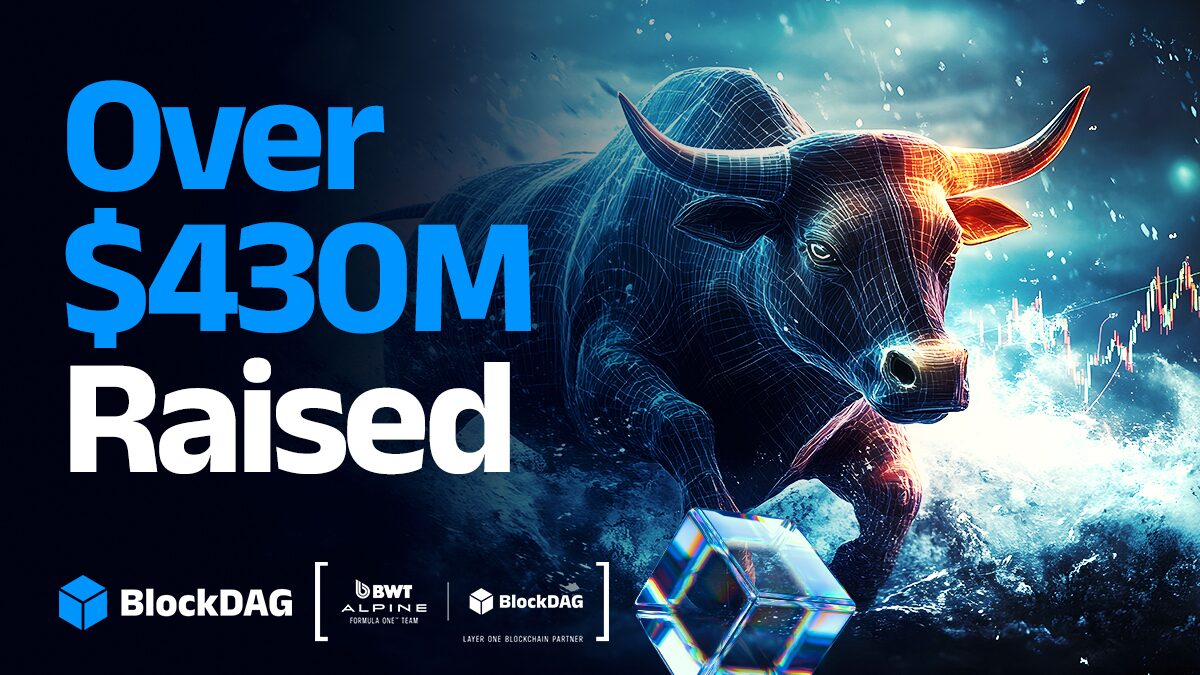
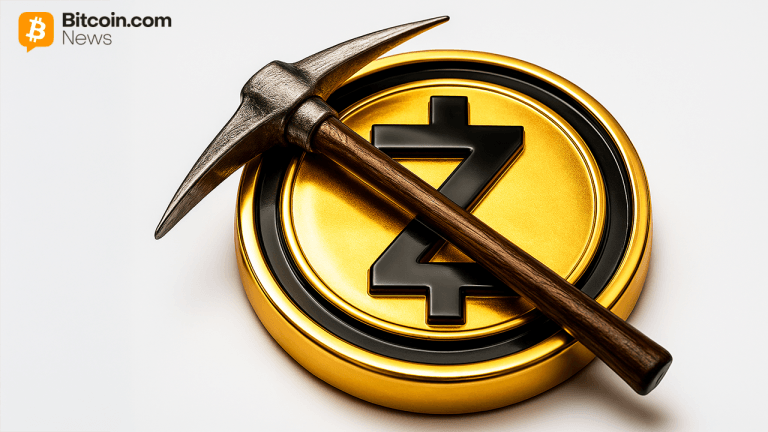
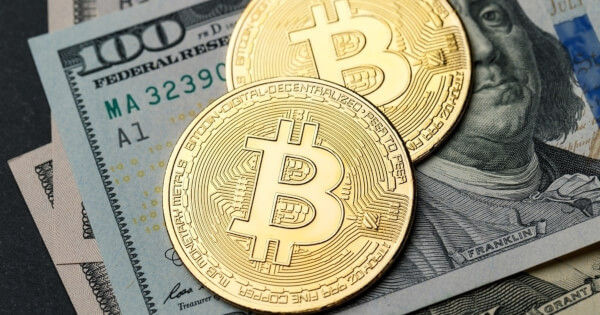
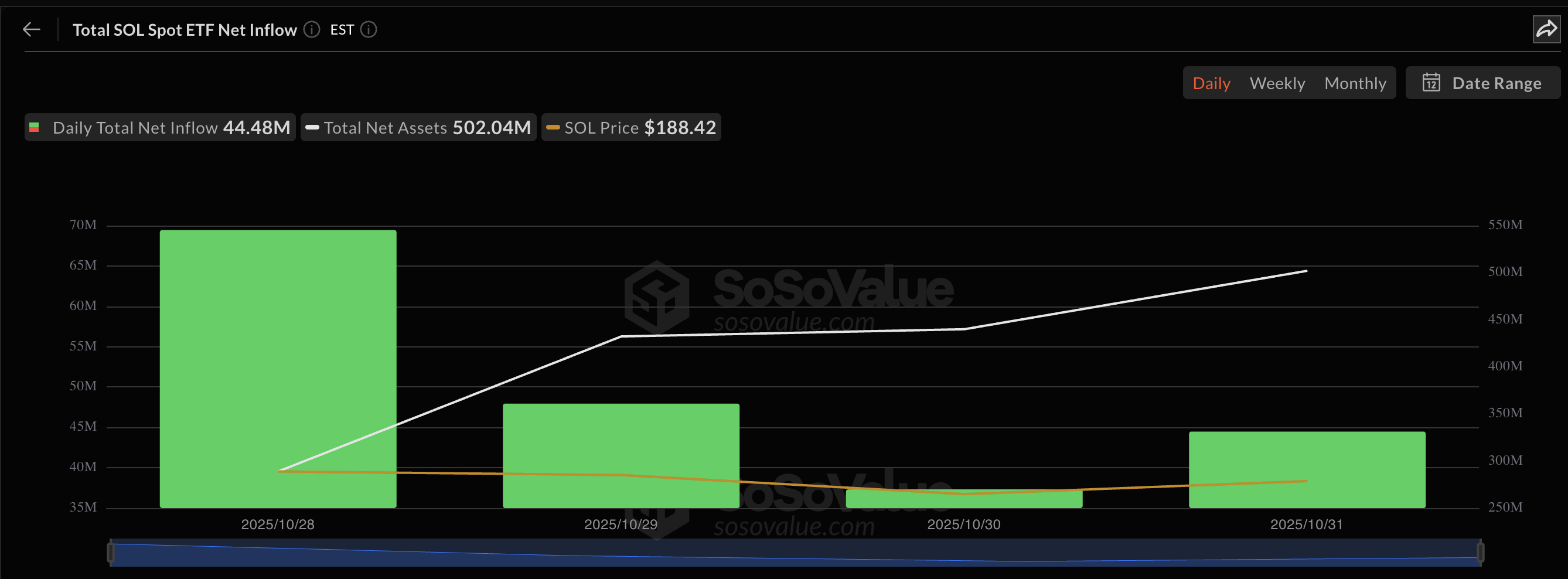

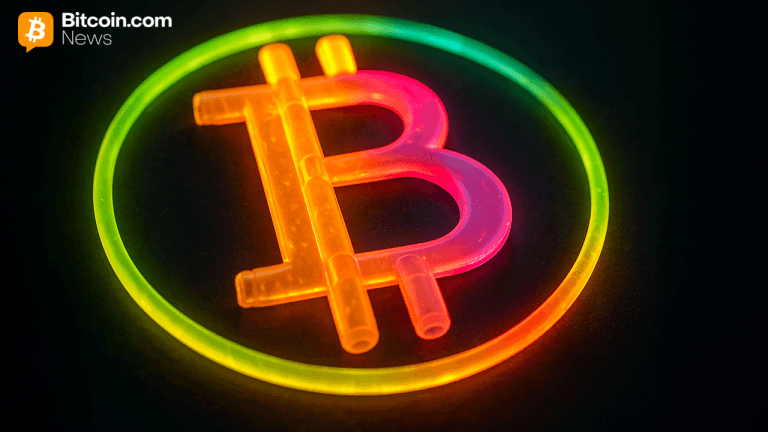
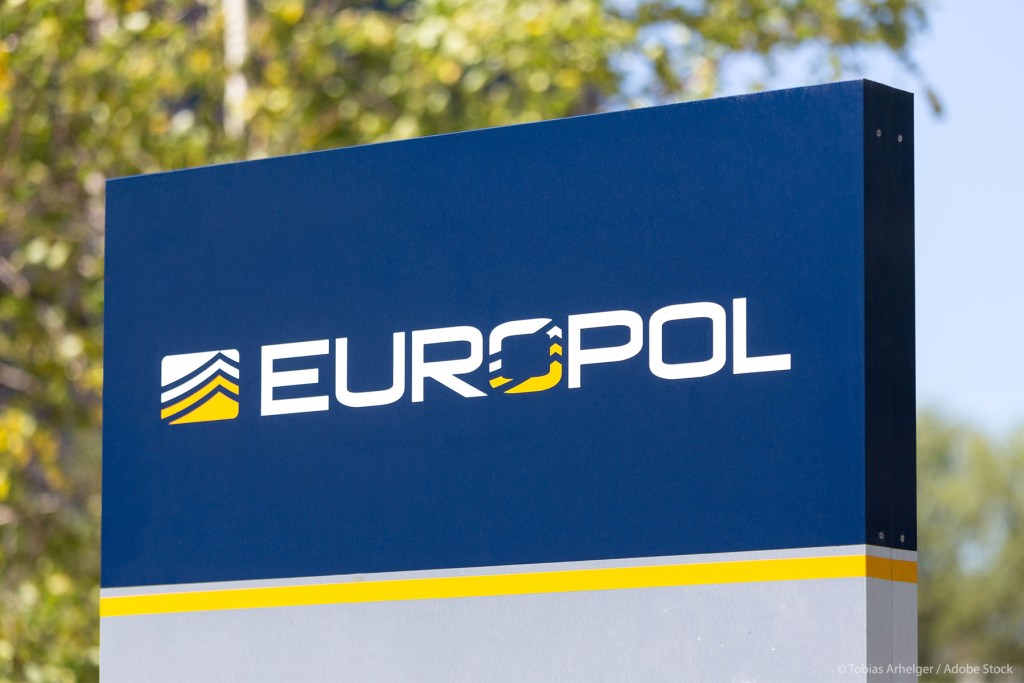

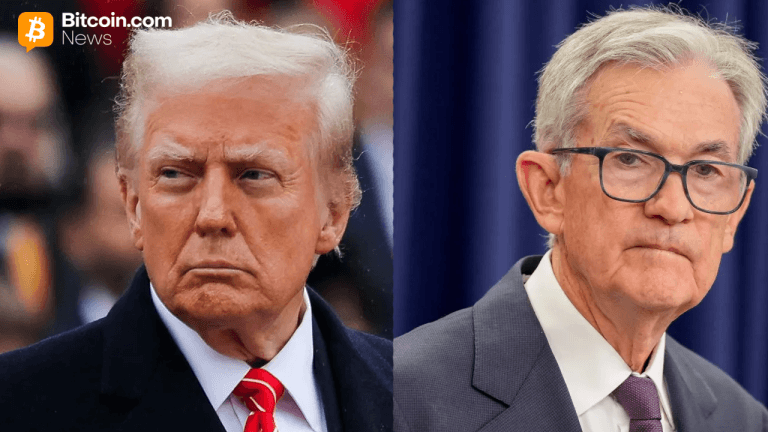

Comments